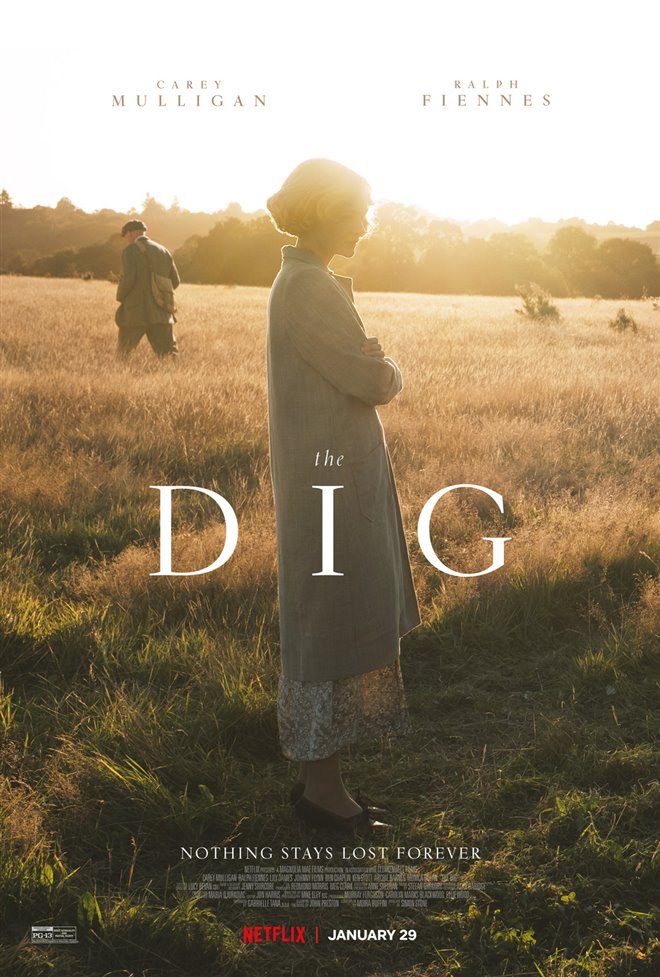
The treasures found in 1939 at Sutton Hoo, the Anglo-Saxon ship-burial near Woodbridge in Suffolk, are such gorgeously intricate relics from a stoic, mysterious past that it is disappointing how few remain at the site. The Dig tells the true story of how these treasures escaped from a mound-encrusted East Anglian field to the British Museum, adapting John Preston’s novel about their exhumation on the eve of the Second World War by an amateur excavator named Basil Brown (Ralph Fiennes). Were the film simply about this excavation it could have been rather dull, but The Dig is about bigger things too: memory, mortality and the shadow of history.
The Sutton Hoo site is owned by widow Edith Pretty (a skeletal Carey Mulligan), who bought the land hoping to discover the secrets of the mounds with her late husband. Though Edith still twinkles with archaeological ambition, her health is rapidly deteriorating. With war looming the local museum is otherwise engaged, so Edith enlists Basil for the dig, who turns out to be an inspired pick. He may be entirely self-taught, and disparaged by the snobs at the British Museum, but Basil’s excavation is first-rate and he guesses the true age of the mounds before anyone else. Basil is just as determined as Edith but tempered by a guarded grit, and with no time for niceties (he repeatedly irritates Edith’s butler by not entering her house through the side entrance) — though he does form an affectionate bond with Edith’s son (an excellent Archie Barnes). Simultaneously gentle and firm, with an immaculate Suffolk accent, Fiennes’ performance anchors the film and does justice to a remarkable real-life character, who despite his humble origins taught himself Latin and French and published papers on astronomy.
As the importance of the dig reveals itself, new characters spring up: the haughty Charles Phillips (Ken Stott), despatched from London to take charge of — and credit for — Basil’s discovery, and inexperienced Peggy Piggott (Lily James), who is tempted away from her stone-cold marriage by the aspiring photographer and soldier Rory Lomax (Johnny Flynn) in one of the happier strands of the plot. For some their romance will provide a welcome counterpoint to the agonisingly repressed emotions on display elsewhere in the film, though it may be a little too Hollywood for others.
Simon Stone’s direction and Mike Eley’s cinematography scatter the characters across panoramas of drifting cloud-banks and seas of long yellow grass, while Edith is miniaturised in her vast house. Most of it takes place at the ‘magic hour’, steeping the film in a hazy evening gauze that magnifies the end-of-an-era melancholy. Most subtly, Stone layers characters’ speech over visuals of the landscape, mirroring the slippages of time the archaeology in the plot is making possible: as Edith, quoting Howard Carter, puts it, “time has lost its meaning”. If you can relax into the meditative pace, then this quiet, wise, brilliantly acted and deeply bittersweet film is bewitching.